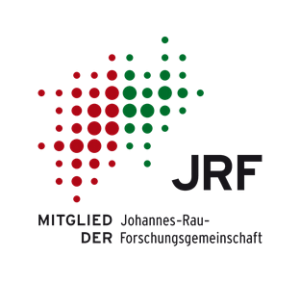The Graphene Flagship – one year on

European physicists
It is European scientists and engineers who as part of the Graphene Flagship are closely coordinating research efforts, and accelerating the transfer of layered nanomaterials from the laboratory to factory floor.
EU-based researchers have made pioneering contributions to the science and technology of graphene and related materials. The areas in which they excel include material identification, optoelectronics, spintronics, large scale production, and sensors.
Manchester University scientists Andre Geim and Konstantin Novoselov shared the Nobel Prize for their work on graphene, and were then honoured in their adopted country with knighthoods. Since then, graphene research in Europe has continued apace, with major public funding for specialist centres, and the stimulation of academic-industrial partnerships devoted to this novel nanomaterial.
Why the Graphene Flagship?
The world’s premier research initiative devoted to graphene is Europe’s Graphene Flagship: a visionary, science-driven, academic-industrial partnership which addresses grand scientific and technological challenges related to graphene and similar two-dimensional nanomaterials.
The vision of the Graphene Flagship is long term, bringing together scientists and engineers from across various countries and academic disciplines, all of whom share a unifying goal, and an ambitious roadmap on how to achieve it. Underpinning the Graphene Flagship is a single-minded focus on a disruptive technology set to have a massive impact on human society.
First year highlights from the Graphene Flagship
The activities of all the flagship partners are too numerous to list in this brief introduction. AMO presented one of the highlights within the Graphene Flagship listed below.
Fibre-optics data boost from graphene
Optical fibres form the backbone of terrestrial and trans-oceanic telecommunications systems. The carrying of huge volumes of data is limited by the ability with which photons are registered as they pass through the fibres, and the need is to record and store information efficiently and at high speed.
Daniel Schall and a team of researchers at AMO in Aachen, and Alcatel-Lucent Bell Labs in Stuttgart, recently demonstrated photodetectors for infrared fibre-optic systems based on wafer-scale graphene. The devices have data rates of up to 50 gigabits per second, and display excellent signal integrity.
Please read the full article at: http://graphene-flagship.eu/?news=the-graphene-flagship-one-year-on




